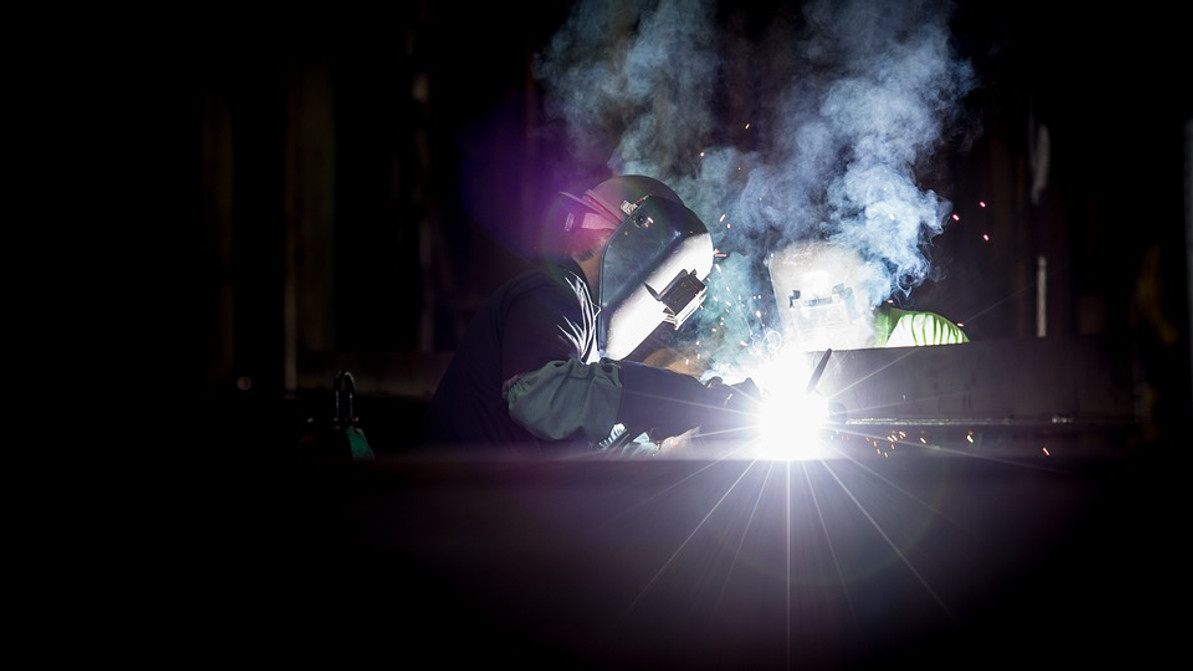Protecting Against Arc Flash Injuries in the Workplace

An arc flash, also known as a flashover, occurs when an electrical circuit products a short blast of light and heat. The "arc" travels from the conductor to either another conductor or the ground. Lighting is a common example of an arc flash, though this phenomenon can occur in nearly any electrical environment.
The Occupational Safety and Health Administration (OSHA) explains that arc flashes are often caused by the following:
- Dust
- Metal tools
- Condensation
- Material failure
- Rust/corrosion
- Faulty electrical installation and/or setup
When charged electrical systems are used in conjunction with the aforementioned elements, it creates a serious hazard for an electrical arc. With that said, such elements are common in workplaces, which is why it's important for employers and workers alike to familiarize themselves with the dangers of arc flashes so they can better protect against them.
Dangers of Arch Flashes
So, what dangers do arc flashes pose? Statistics show that arc flashes can reach temperatures of 35,000 degrees Fahrenheit. Therefore, it's not uncommon for workers to sustain serious, sometimes fatal burns as a result of exposure. According to the American Supply Association (ASA), approximately half of all work-related injuries involving electricity were attributed to arc flashes.
In addition to burns, however, arc flashes may also vaporize metal jewelry and accessories worn by workers, resulting in toxic fumes that cause serious illness when inhaled. Furthermore, the intense electrical power produced by an arc flash is bright enough to cause eye damage and subsequent vision loss.
How to Protect Against Arc Flash Injuries
Thankfully, there are ways to protect against arc flash injury in the workplace. First and foremost, this means ensuring that all electrical equipment is properly maintained according to the manufacturer's specifications. When electrical equipment is neglected, it may suffer damage that increases the risk of arc flashes and related injuries.
Workers should also be given the appropriate personal protection equipment (PPE) when working on or near charged electrical systems. The Occupational Safety and Health Administration (OSHA) requires employers to provide workers with such PPE. Unfortunately, this is requirement s often overlooked, resulting in increased rates of injury.
Finally, employers should train all workers who work on or near charged electrical systems on the dangers of arc flashes. Training is essential in protecting against these and other injuries.
This should give you a better understanding of arc flashes and how to prevent them.
Recent Posts
-
Fire Safety in the Workplace: What You Need to Know
What steps are you taking to prevent fires in your workplace? According to the U.S. Occupational Saf …Aug 23rd 2023 -
Is It Safe to Go Jogging With a Cold Infection?
If you're suffering from a cold infection, you might be wondering whether it's safe to go jogging. T …Aug 22nd 2023 -
5 Safety Tips to Follow When Using a Powder-Actuated Tool
Powder-actuated tools are commonly used to join materials to steel and concrete. Also known as Hilti …Aug 20th 2023




